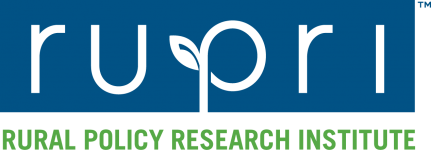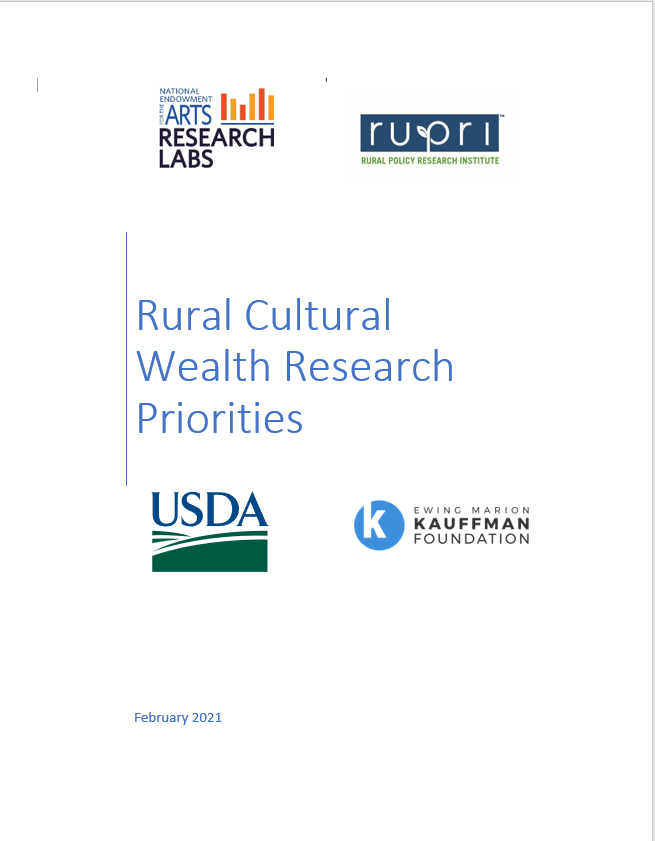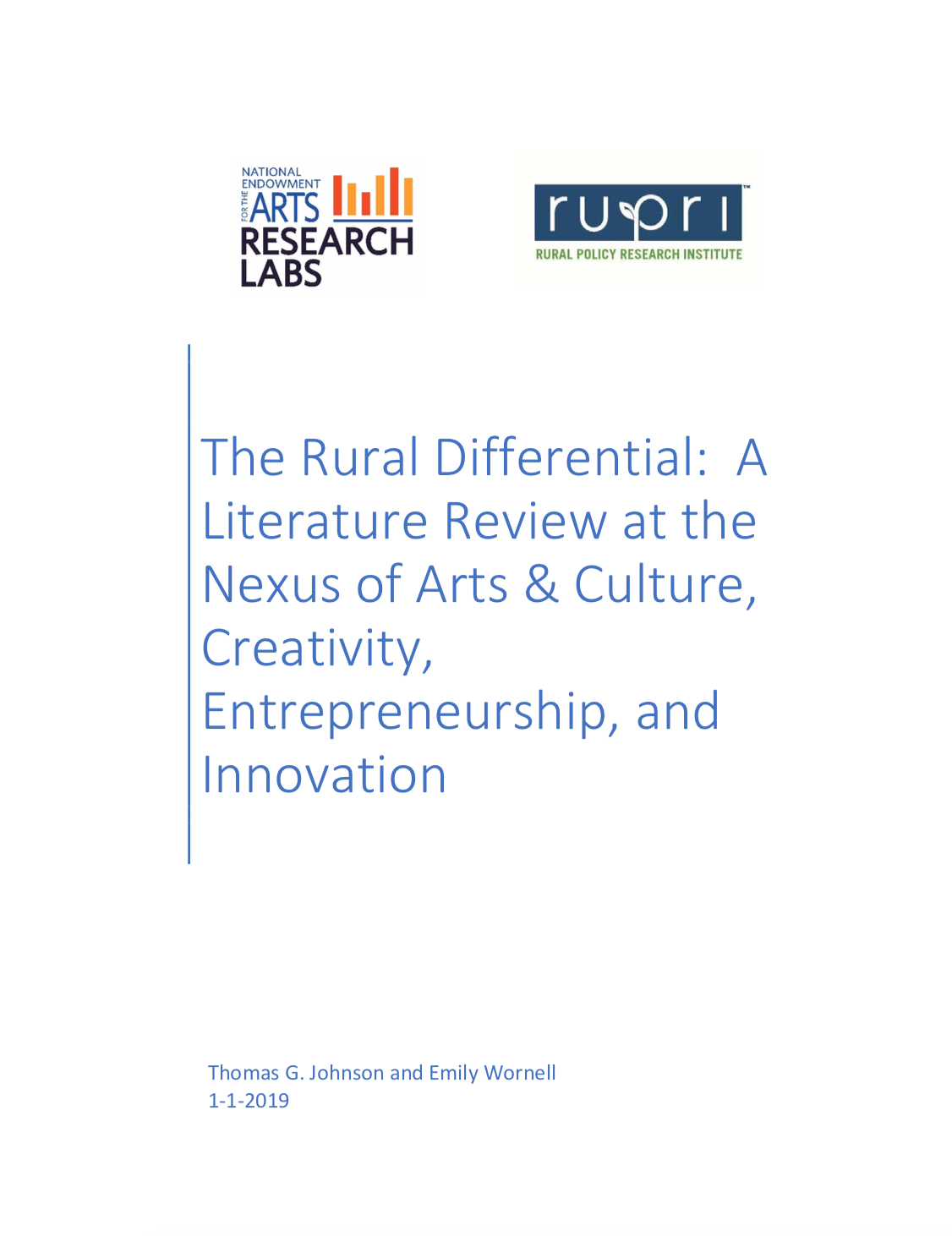This paper follows an extensive review of the research literature at the intersection of three broad areas—1) rural wealth creation and distribution 2) rural arts and culture, and 3) creativity, innovation, and entrepreneurship. The primary goal of the literature review was to identify the most critical issues that are NOT fully understood about these concepts …
Tag Archives: Rural Cultural Wealth Lab Products
A New Conceptual Framework for Rural Cultural Wealth. A product of the NEA RUPRI Rural Cultural Wealth Lab. November 2019.
The New Conceptual Framework for Rural Cultural Wealth describes a conceptual framework within which the arts, culture, and cultural wealth can be understood, measured, and compared. While such a framework can be applied equally well in any geographic context, the focus in this document is on the rural and small city context. Examples and specific …
Existing Conceptual Models of Arts & Culture: An Inventory. Rural Cultural Wealth Lab. January 2019.
The Existing Conceptual Models of Arts & Culture: An Inventory describes and compares conceptual models of arts and culture, creativity, innovation, entrepreneurship, and well-being. Each model attempts to capture a different aspect of this very complex system. Each model therefore provides important insights that help us understand the role and dynamics of arts and culture …
The Rural Differential: A Literature Review at the Nexus of Arts & Culture, Creativity, Entrepreneurship, and Innovation
Our review of the literature reveals that: Current research in arts and culture, creativity, and innovation has a significant metropolitan bias. Most research either focuses solely on metropolitan issues or assumes the arts and culture issues are uniform across the rural-urban continuum. More research on the effect of rural arts and culture on the vitality …
RUPRI Rural Cultural Wealth Lab: A Conceptual Design
The Rural Cultural Wealth Lab unites the knowledge and experiences of a diverse array ofscholars and practitioners to address some of the most critical issues and opportunities facingrural people and places. It fulfills this need by building innovative metrics that will strengthenpolicymakers’ understanding of the various relationships and assets that define and reveal ruralcommunity wealth.To …
Continue reading “RUPRI Rural Cultural Wealth Lab: A Conceptual Design”



